The Impact of Digital Currencies on Credit Scores


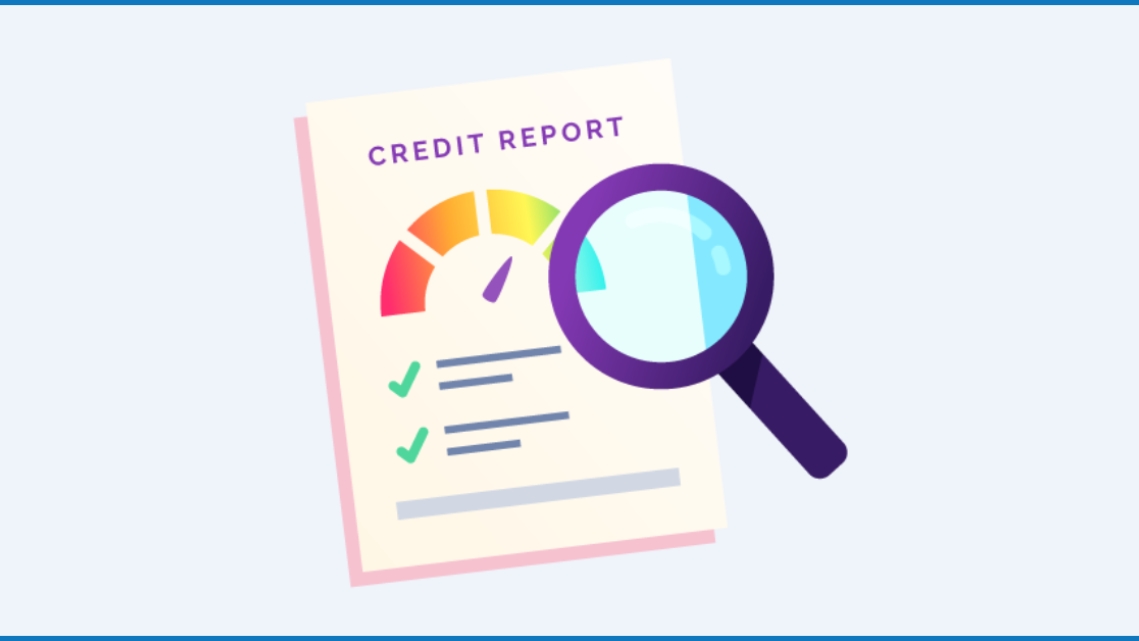

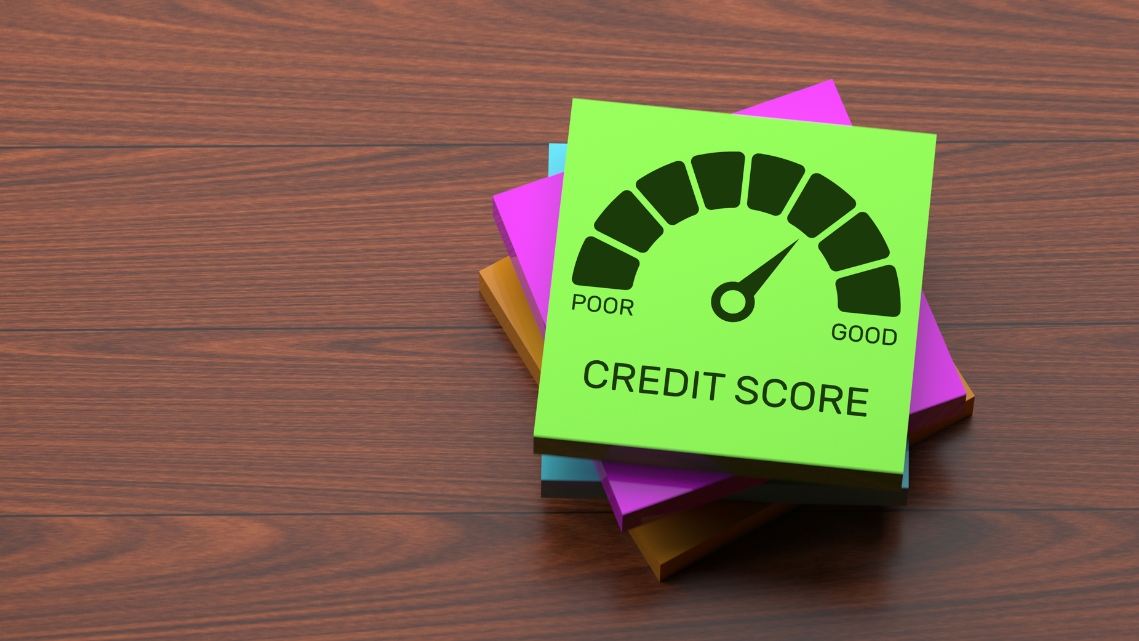
Maintain a Consistent Employment History: Demonstrating stable employment can improve both traditional and social credit scores. Many lenders view steady employment as a sign of financial responsibility.
Optimize Your Social Media Presence: Clean up your social media profiles by removing any posts that might reflect poorly on your character or financial responsibility. Maintain a professional profile on platforms like LinkedIn, showcasing your skills and experience.
Develop a Positive Online Reputation: If you’re active on social platforms, ensure your behavior reflects integrity. Avoid public disputes, contentious comments, or excessive displays of risky behaviors. Positive interactions, recommendations, and endorsements can boost your reputation.
Build and Engage with a Reliable Network: Engaging with responsible connections online can contribute positively to your social credit. Networking with individuals in stable employment and reliable fields can reflect well on you in some scoring models.
Not All Lenders Use Social Credit Scoring: While social credit scoring is gaining attention, it’s not yet a universal standard. It’s essential to research whether lenders consider social credit data when assessing applications.
Privacy Concerns: Be cautious with your online information and privacy settings. Some aspects of your social life may impact your credit if left publicly accessible. Adjusting privacy settings allows you to control what information is visible.
Consistency Matters: Like traditional credit repair, consistency in behavior is crucial for social credit repair. Regularly review and update your online presence to ensure it remains positive and reflects your current status.
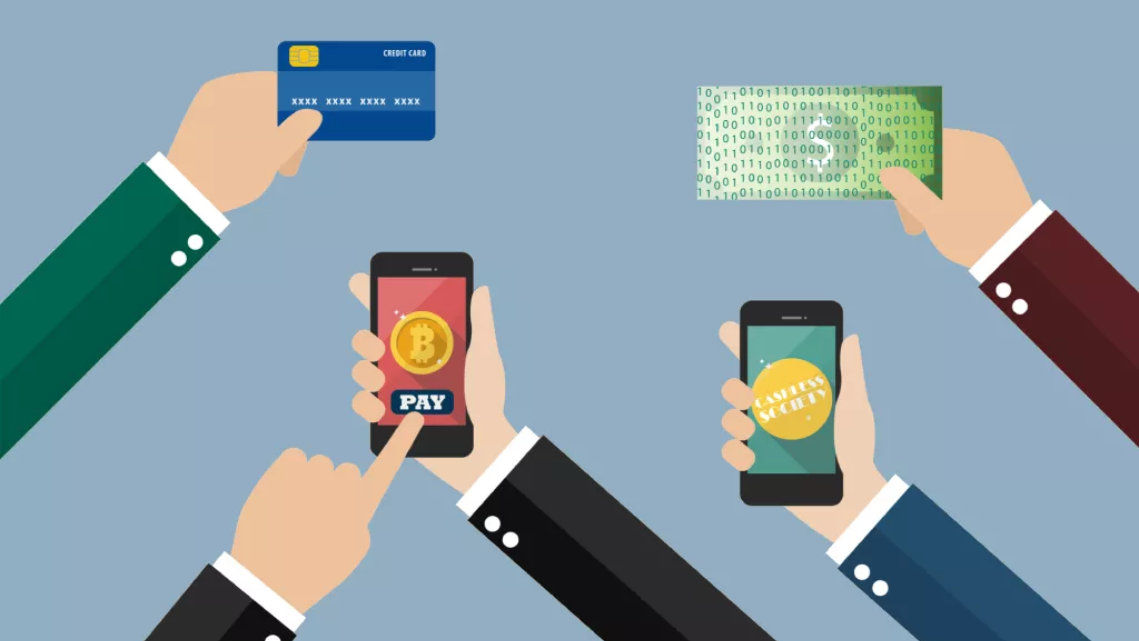
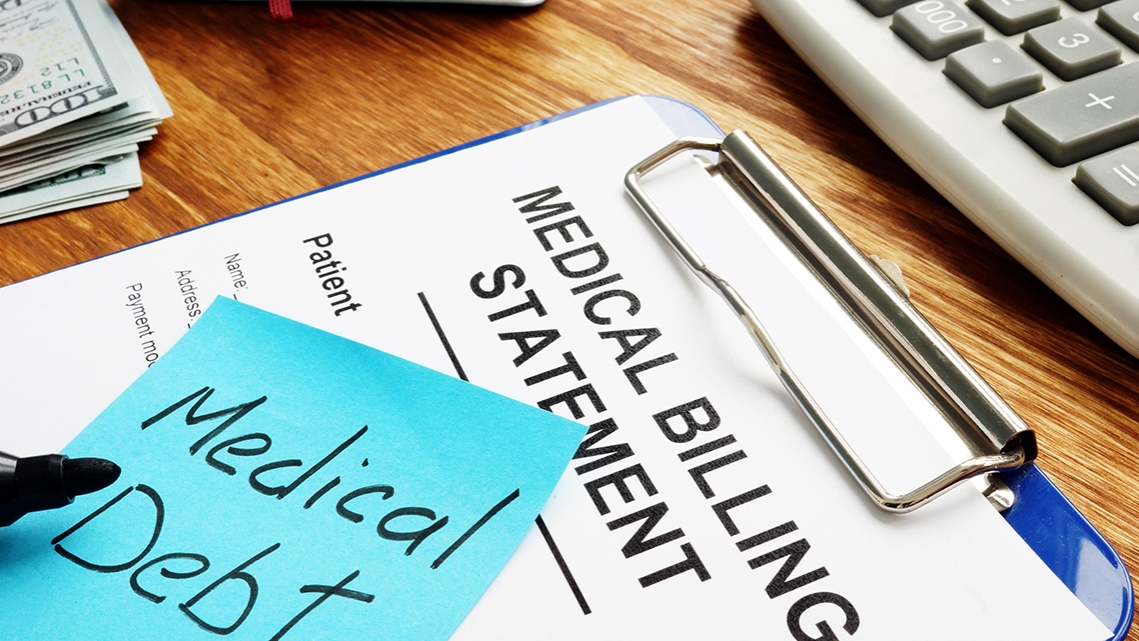

Predictive analytics is becoming a cornerstone of credit scoring in the digital age. By analyzing vast amounts of data, digital platforms can forecast future credit behavior more accurately, allowing for better risk management by lenders and more informed decisions by consumers.
Digital banking innovations enable the creation of customizable credit products tailored to an individual’s financial behavior and needs. These products offer flexibility in terms of interest rates, credit limits, and repayment options, enhancing the consumer experience.
By leveraging machine learning and artificial intelligence, digital banking platforms can assess risk with greater accuracy. These technologies analyze patterns in consumer behavior that traditional methods might overlook, leading to more precise credit scoring.
Traditional credit scoring models have often been criticized for their inherent biases. Digital banking innovations aim to reduce these biases by using more inclusive data and sophisticated algorithms, resulting in fairer and more equitable credit assessments.
The digitization of banking has led to streamlined and faster credit application processes. Automated systems can quickly evaluate an applicant’s creditworthiness, reducing the time it takes to receive credit approval and access funds.

With advancements in digital banking, the security and privacy of consumer data have improved significantly. Strong encryption, biometric authentication, and blockchain technology are being used to protect sensitive financial information and ensure the integrity of credit scoring systems.
The evolution of digital banking is driving significant changes in credit scoring, making it more accurate, inclusive, and responsive to real-time financial behavior. As these innovations continue to develop, both consumers and lenders will benefit from more reliable and equitable credit assessments.
For more insights on how digital innovations are transforming financial services, visit Credit Repair Champ.

Budgeting is key to avoiding overspending, a common reason behind poor credit scores. Many robo-advisors include budgeting tools that automatically track your expenses and income, offering insights into areas where you can cut costs or allocate funds toward debt repayment.
Effective debt management is crucial for improving your credit score. Robo-advisors can suggest strategies like the debt snowball or debt avalanche methods, which prioritize debt payments based on factors like interest rates and balances. These strategies can help you pay off high-interest debt faster, thereby improving your credit utilization ratio—a key component of your credit score.
Some robo-advisors offer credit monitoring features that keep you informed of changes in your credit report. They can notify you about late payments, new credit inquiries, or significant changes in your score, enabling you to take immediate action when needed.
Robo-advisors allow you to set specific financial goals, such as paying down debt or saving for a major purchase. By helping you create realistic plans and automating progress tracking, they make it easier to stay on track toward goals that positively impact your credit score.
Not all robo-advisors focus on credit score improvement, so selecting a platform that aligns with your goals is essential. Look for features like budgeting tools, debt repayment plans, and credit monitoring.
For the best results, provide accurate and up-to-date information about your income, expenses, and existing debts. The more data the robo-advisor has, the better it can tailor advice to your situation.
Robo-advisors offer data-driven advice, but it’s up to you to follow through. Consistently applying recommended budgeting and debt management strategies is key to seeing improvement in your credit score.
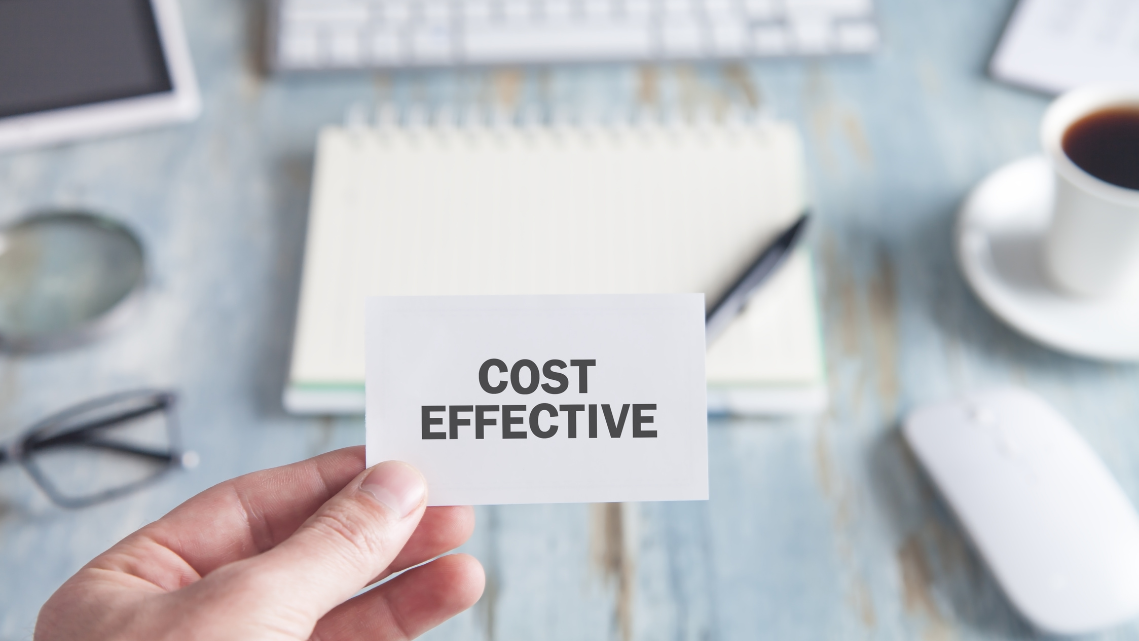
Traditional financial advisors can be expensive, but robo-advisors offer similar benefits at a fraction of the cost. This makes them accessible for those who want financial guidance without breaking the bank.
With robo-advisors, you can receive financial advice without needing to meet with an advisor. Automated tools handle tracking, analysis, and recommendations, allowing you to focus on implementing the strategies.
Because robo-advisors are algorithm-based, they provide unbiased, data-driven recommendations. This eliminates the risk of human error or subjective opinions affecting your financial decisions.
While robo-advisors offer numerous benefits, they’re not without limitations. Some users may prefer more personalized, human interaction or require complex financial advice that goes beyond automated tools. Additionally, robo-advisors rely heavily on the data you input, so inaccuracies can lead to suboptimal advice.
Incorporating robo-advisors into your credit management strategy is a smart way to leverage technology for better financial health. From personalized debt repayment plans to automated budgeting, these tools offer actionable insights that can lead to significant improvements in your credit score. Whether you’re just starting your credit repair journey or looking to fine-tune your financial habits, robo-advisors provide a convenient and effective solution.





